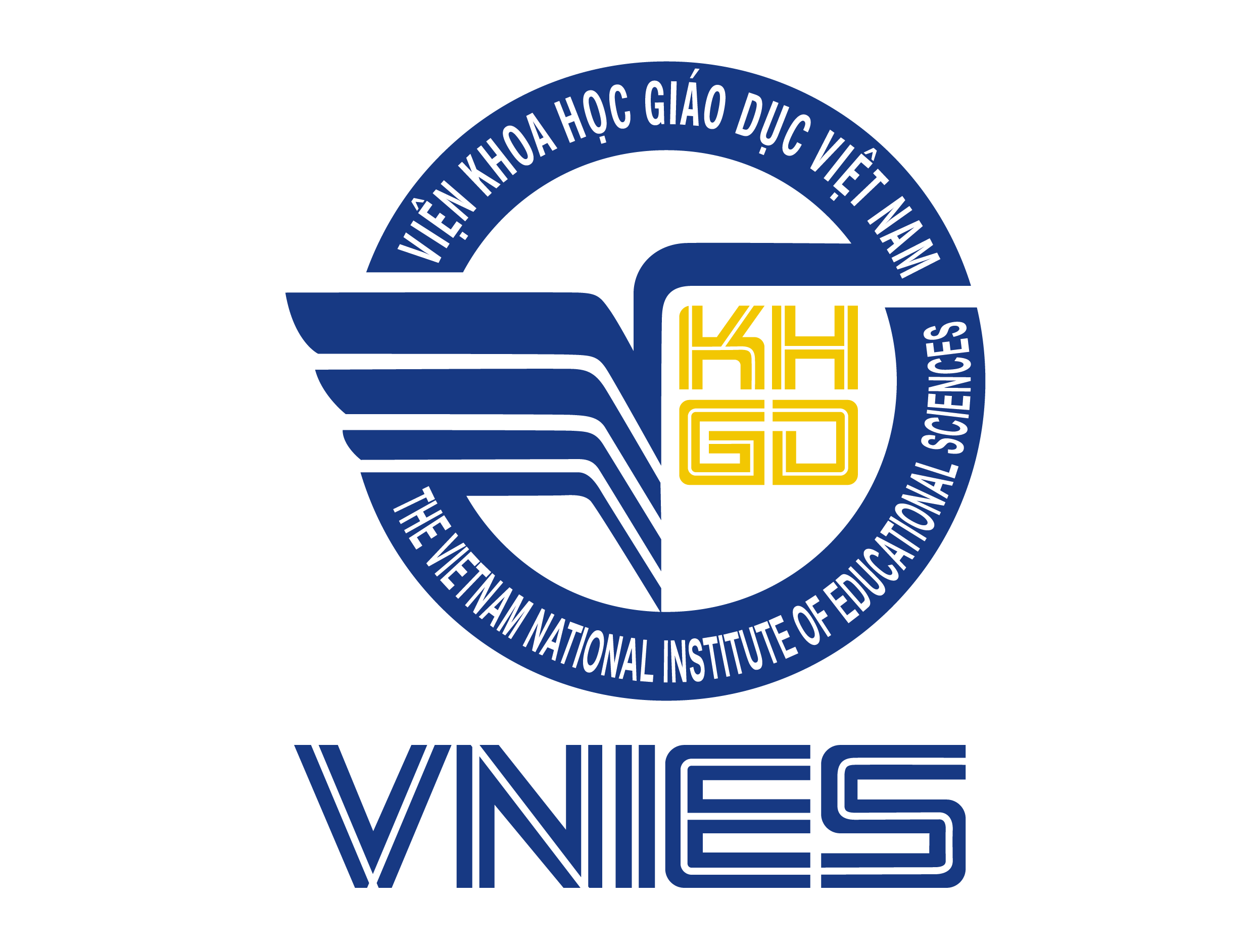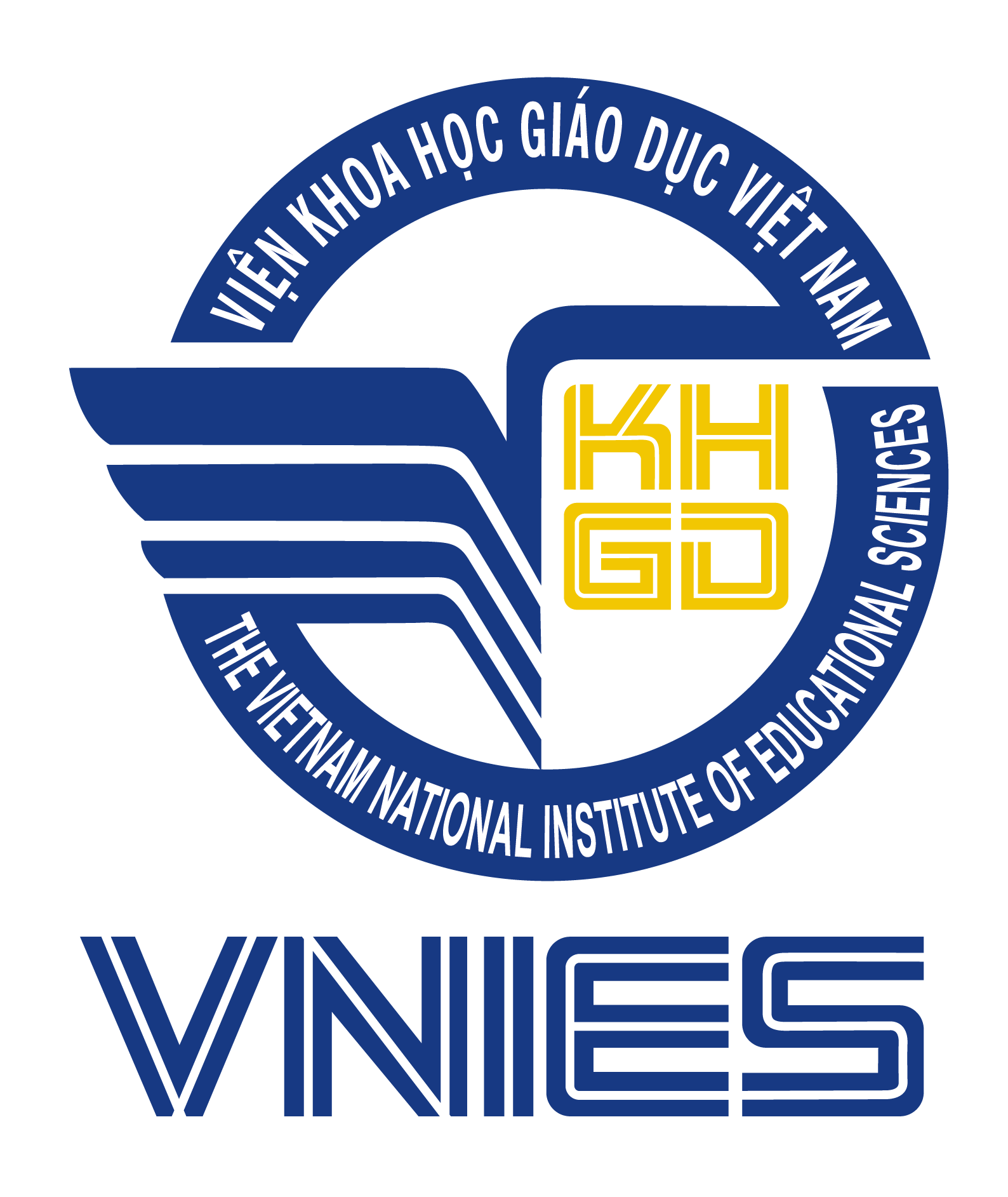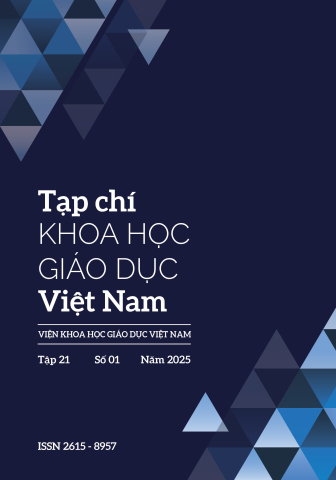[1] Chard, Sylvia C. (1998). The Project Approach: Making Curriculum Come Alive: Practical Guide 1. Scholastic Inc
[2] Drew Perkins, What The Research Says About ProjectBased Learning, https://www.teachthought.com/ project-based-learning/is-project-based-learningresearch-bas
[3] Elizabeth Hoyle Konecni. (2022). Sparking Curiosity Through Project-Based learning in the early childhood classroom - Strategies and Tools to Unlock Student Potential
[4] Graham Pluck. (2011). Stimulating curiosity to enhance learning. https://www.researchgate.net/publication/292088 477_Stimulating_curiosity_to_enhance_learning
[5] Hunaepi, Ketut Suma 2 and Wayan Subagia. (2024). Curiosity in Science Learning: A Systematic Literature Review, International Journal of Essential Competencies in Education
[6] Hội đồng quốc gia. (2005). Từ điển Bách khoa toàn thư Việt Nam, tập 4, NXB Từ điển Bách khoa, Hà Nội
[7] John W. Thomas (2000). A Review of research on Project-Based Learning, California
[8] Judy Harris Helm & G Katz. (2016). Young investigators: The project approach in the early years. Teachers College Press. https://doi. org/10.1111/j.1524-4725.1996.tb00 365.x.
[9] Katz, Lilian G, and Sylvia C Chard. (2000). Engaging Children’s Minds: The Project Approach. 3rd ed., Greenwood Publishing Group
[10] Larmer, J., Mergendoller, J., & Boss, S. (2015). PBL for 21st Century Success: Teaching Critical Thinking, Collaboration, Communication, and Creativity.
[11] Maya Putri Aulia, Sudarti, Firdaus Zar. (2024). Implementation of Project-based learning Method in Developing Cognitive Abilities of Children Aged 5 - 6 Years Through Loose Parts Media, Universitas Muhammadiyah Pontianak, Indonesia, http:// pusdikra-publishing.com/index.php/jetl.
[12] Nguyễn Ánh Tuyết. (2013). Giáo trình sự phát triển tâm lí trẻ em lứa tuổi mầm non, NXB Giáo dục, Hà Nội
[13] Trần Thị Minh Đức, Nguyễn Quang Uẩn, Ngô Công Hoàn, Hoàng Mộc Lan. (1995). Tâm lí học đại cương, NXB Giáo dục, Hà Nội.


